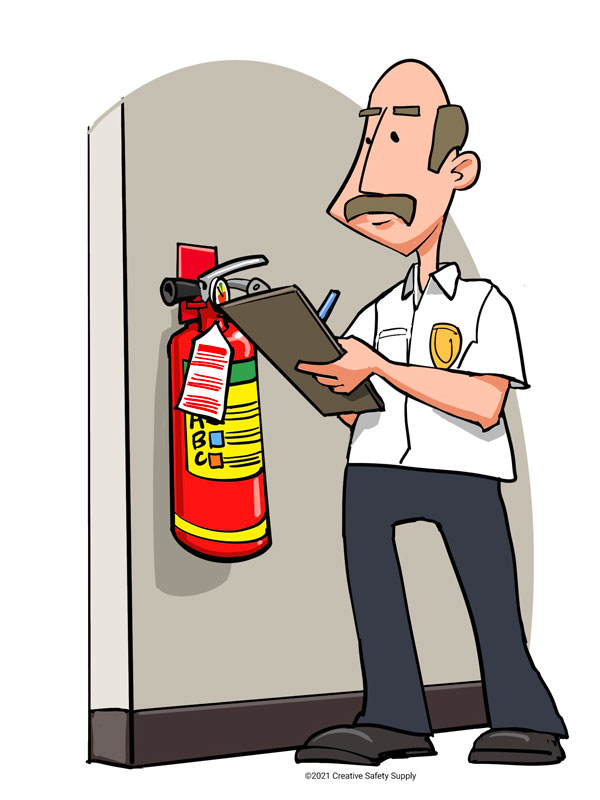For every business in Sydney the protection of fire isn’t just a legal requirement but a vital part of keeping employees clients, customers, and the property secured. The effects of a fire can be devastating loss in a matter of minutes, however the risks involved can be reduced or even eliminated with the proper safety measures in place. The combination of inspections of fires, electrical systems testing and tagging as well as conformity with CFSP regulations all contribute to the safety of workers and assure that companies are in compliance with the Building Code of Australia and local standards of the council.

The reasons fire inspections are at the cornerstone of safety
Fire Inspections are the first line of defense against potential hazards. Inspections ensure that each component of a building’s fire protection system is functional and current. In Sydney many businesses, they must conduct inspections each six or twelve months, based on the kind of building and council regulations. Inspections can include everything including smoke alarms and sprinkler systems to fire alarm panels and hydrants to emergency lighting, and even fire alarms.
The ability to identify hidden issues and fix them before they cause danger is what makes inspections crucial. It may not seem important that a slight issue that involves a fire hydrant or an alarm for smoke that’s not working, could result in fatality in an emergency. Through conducting regular fire inspections, business owners are not just meeting compliance obligations but they are also taking proactive steps to ensure their workplaces are protected from the possibility of unforeseen disasters.
Electrical risks that are not obvious can be identified by conducting tests and tag
Electrical systems can be a major cause of fires at work. Testing and tagging is thus an essential part of the plan to ensure fire safety. This involves checking electrical devices to make sure they are reliable, safe, and secure. Following that an identifiable tag is placed on the device to indicate it’s passed inspection. This is a legal requirement that’s not always simple to fulfill. In many businesses it’s an effective way of avoiding any potential dangers.
If not checked older wiring, malfunctioning appliances, or worn-out cables can be fire hazards. Regular testing and marking reduces the chance of a fault with electricity which could lead to a fire. Additionally, it helps employees feel confident that their working environment is safe, creating confidence and trust within the workplace. The combination of testing, tagging, and fire inspections creates an entire safety program which reduces risk on a variety of aspects.
The importance of CFSP to ensure compliance and Certification
In New South Wales, only a Competent Fire Safety Practitioner (CFSP) is authorized to certify and sign important documents regarding fire safety, such as Annual Fire Safety Statements. The CFSP accreditation ensures that only experts with qualifications are qualified to assess and verify the safety measures for fire. For business owners, working with a CFSP means that reports and inspections aren’t just a routine document and evaluations based on reliable data carried out by experts.
The CFSP’s job is more than simply checking boxes. These experts evaluate the performance and the condition of fire protection systems and produce detailed report. They also make sure that the system is in the compliance of regulatory requirements. Firms that do not possess CFSP certification risk being sanctioned or facing legal issues, or even shutting down should they be found to be lacking in fire protection. When you partner with experts accredited in fire safety, it is possible to ensure that your systems are maintained correctly. Also, you’ll be able meet your legal requirements without having to put yourself under stress.
The Fire Safety Act: A Lifelong commitment
The issue of fire safety is not a one-time obligation but it is a continuous responsibility for each business owner. Regularly scheduled inspections and tests of electrical equipment with proper certification through CFSP, create a safety loop that will never end. Beyond ensuring compliance with the law and promoting an environment of safety in the workplace. Employees are reassured that clear evacuation plans are in place and smoke alarms work and tested for emergency lighting and fire protection systems are in place for use.
Fire safety is a continuous procedure, not a box that businesses have to tick each year. This reduces risk and enhances the reputation of a company. If safety is a priority customers and clients feel more secure. Proactive, long-term security measures against fires can save costs by preventing costly damages in the form of fines, legal actions or even lawsuits. It also protects everyone inside the structure.
Conclusion
The safety of your property in Sydney requires a multi-layered strategy which includes fire inspections, testing and tagging and professional certification by a CFSP. Each of these elements is crucial to ensure that businesses are in compliance with the laws, and more importantly, ensuring that the safety of people and property is assured. When safety becomes a consistent aspect of the business rather than an added-on consideration, businesses can do not just meet their legal obligations but also make a more secure and robust environment for the future.
